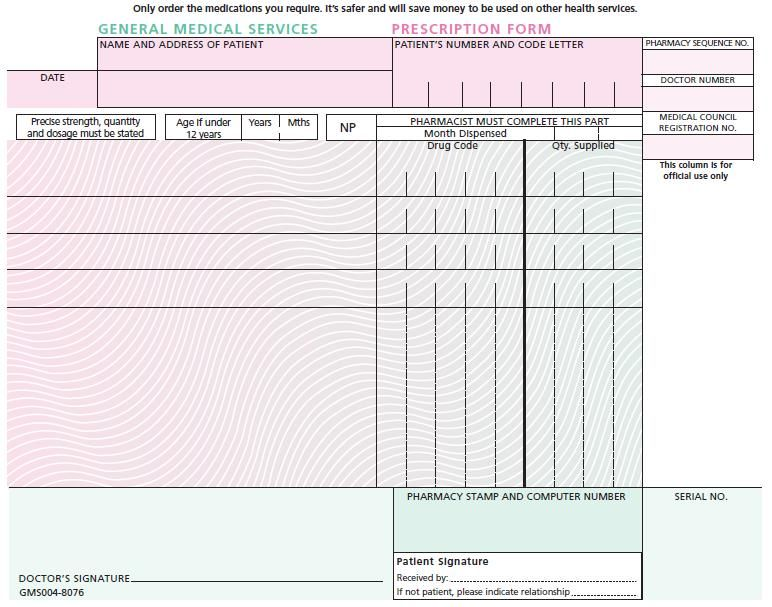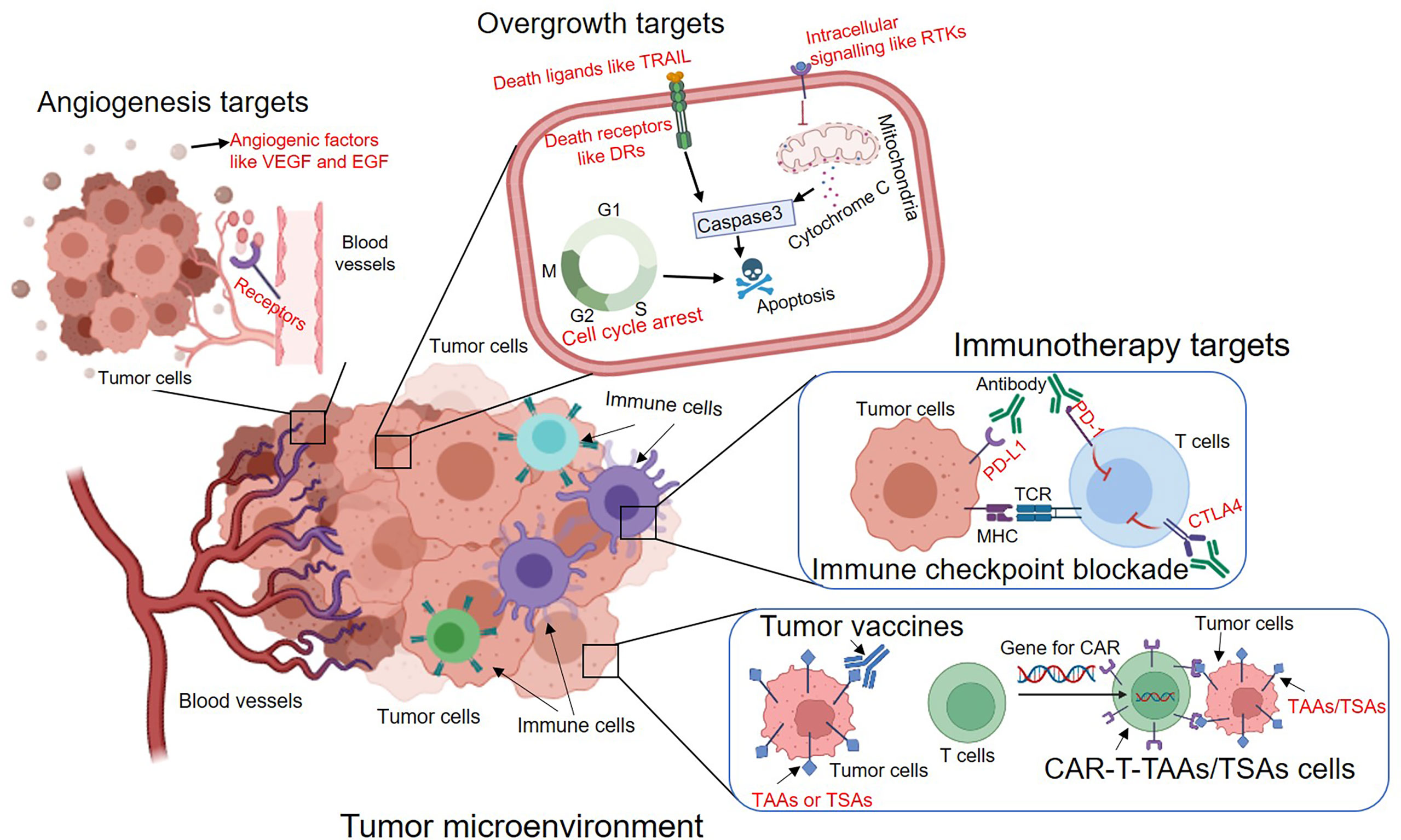Primary care reimbursement is emerging as a pivotal topic in healthcare discussions, particularly as the U.S. faces a shortage of physicians and rapidly increasing patient demand. As healthcare payment models evolve, many experts believe that innovative approaches like the ACO PC Flex initiative could revitalize primary care funding by combining enhanced financial incentives with a focus on preventative care. This five-year experiment, backed by the Affordable Care Act, aims to shift the paradigm from reactive treatments to proactive healthcare strategies. By utilizing a prospective payment system, the initiative seeks to empower primary care providers to allocate resources effectively, ultimately leading to better health outcomes while minimizing high costs associated with hospital visits. In this evolving landscape, primary care reimbursement strategies will play a crucial role in shaping the future of healthcare innovation.
When discussing primary healthcare financing, it is essential to consider terms like healthcare payment systems and physician compensation models. With a growing emphasis on accountable care organizations (ACOs), new strategies are being created to adequately fund primary care services. These methodologies aim to relieve some of the financial stress on providers while promoting high-quality care delivery. Innovations such as the prospective payment approach offer a promising avenue for enhancing primary care, aligning financial incentives with patient health outcomes. By prioritizing upstream preventative measures, these initiatives can redefine how primary care is funded and delivered in the ever-changing healthcare landscape.
Understanding Primary Care Reimbursement Challenges
Primary care in the United States faces significant financial challenges, primarily due to low reimbursement rates compared to specialty services. A substantial portion of funding flows towards specialists, creating a disparity that affects the ability of primary care practitioners to operate sustainably. This imbalance results in an overwhelming burden on primary care providers, who are often pressured to see a high volume of patients within a limited time frame. As specialists like dermatologists and ophthalmologists benefit from higher fees for procedures, the systemic undervaluation of comprehensive primary care hampers efforts to enhance patient outcomes in preventive care.
Furthermore, numerous factors contribute to the financial woes of primary care, including the evolving landscape of healthcare delivery and the growing volume of medical information. With the increased demand for services, primary care doctors are expected to manage multiple tasks that extend beyond traditional office visits. This shift not only complicates the practice of primary medicine but also strains finances. Without a fair payment structure that acknowledges the crucial role of primary care, sustainability becomes a pressing concern, threatening the overall health of the healthcare system.
Innovations in Primary Care Funding: The Role of ACO PC Flex
The ACO PC Flex model represents an innovative approach to enhance primary care reimbursement, aiming to create a sustainable framework for physicians. By implementing a prospective payment system, this model affords practices upfront funding that allows them to allocate resources efficiently, facilitating the delivery of more comprehensive care. With this allocation, primary care physicians are incentivized to focus on preventive measures and manage chronic conditions effectively, thus reducing the necessity for costly hospitalizations. The goal is to establish a healthier infrastructure for primary care that prioritizes patient wellness over sheer volume of visits.
Moreover, ACO PC Flex promotes shared savings among providers, further incentivizing cost-effective care. When practices can maintain their spending within prescribed limits, they benefit from shared savings that can be reinvested into their operations. This approach encourages collaboration and innovation within healthcare delivery systems, paving the way for a more effective allocation of resources. As primary care evolves, utilizing healthcare payment models like ACO PC Flex could fundamentally reshape the reimbursement landscape, promoting higher standards of care and potentially attracting more talent to the primary care field.
Engaging Patients in Their Health: The Shift Towards Preventive Care and Counseling in ACO Models
Primary care isn’t just about treating ailments; it encompasses comprehensive management that empowers patients to maintain their health proactively. Within this context, healthcare innovation through models like ACOs encourages providers to engage in more meaningful interactions with patients. By reallocating financial incentives towards preventive care, physicians can spend additional time on counseling, education, and planning, which are essential for fostering long-term health habits. This transformation reflects an understanding that addressing patient needs holistically can lead to better health outcomes.
Innovative approaches in ACOs help shift the focus from reactive to proactive care. Patients are encouraged to participate actively in their health management, leading to more sustainable and improved health conditions. By prioritizing preventive measures, healthcare providers can ultimately reduce the demand for acute care services, resulting in significant cost savings across the healthcare system. Involving patients in their care plans not only enhances their experience but communicates the value of primary care in maintaining overall health.
Accountable Care Organizations: Redefining Payment in Healthcare
Accountable care organizations (ACOs) are transforming the way payment models function in healthcare, prioritizing cost efficiency while maintaining quality of care. Unlike traditional fee-for-service structures which reward volume, ACOs align their financial incentives towards improved outcomes and patient satisfaction. Under this model, physicians share the financial risk and rewards of managing patient care, which fosters a collaborative approach where teams work collectively to streamline processes and share best practices. The focus of ACOs is not only on treating illnesses but also on maintaining patient health through preventive care strategies.
Moreover, the introduction of ACOs marks a significant shift towards recognizing the contributions of primary care in overall health outcomes. Healthcare systems are increasingly reliant on data-driven insights to inform their practices and payment strategies, promoting a high-quality, value-based culture. As more providers join ACOs, the potential for comprehensive reform within the payment structure grows, opening doors for improved financing innovations aimed at sustaining primary care. This evolution is crucial for addressing gaps in care and ensuring that patients receive the services necessary for maintaining health.
The Future of Primary Care: Implications of ACO PC Flex
Looking ahead, the ACO PC Flex initiative is expected to have far-reaching implications for primary care practices across the nation. By providing upfront funding, this model enables primary care providers to build the infrastructure they need to offer expanded services that address the complexities of patient health needs. As healthcare continues to emphasize value over volume, models like ACO PC Flex could serve as templates for future innovations, ensuring that primary care receives equitable resources and improved reimbursement rates that align with its essential role in the healthcare ecosystem.
In addition to addressing immediate financial concerns, ACO PC Flex could pave the way for broader systemic changes within the health insurance industry. If successful, it may catalyze other commercial insurers to adopt similar models, fostering an environment where primary care is seen as a vital platform for improving long-term patient health. As we strive for a more efficient healthcare system, these innovative reimbursement models will play a critical role in shaping the future dynamics between primary care providers, patients, and the overall healthcare system.
The Importance of Preventive Care in Primary Care Reimbursement Models
Preventive care is often at the heart of effective primary care practice, underscoring the importance of early intervention and regular health screenings. However, traditional reimbursement models frequently undervalue the significance of preventive services, often prioritizing acute care situations instead. As healthcare payment models advance towards value-based care, the integration of preventive services becomes integral to improving health outcomes for patients. Programs that reward primary care providers for keeping patients healthy could effectively reshape the landscape of healthcare payment and delivery.
Moreover, highlighting the role of preventive care in reimbursement strategies can lead to healthier populations, reduced chronic disease incidences, and ultimately, considerable savings for the healthcare system. As accountability and outcomes take center stage, providers who embrace preventive services within their practices not only enhance patient engagement but also improve their financial sustainability. Given the increasing pressures on primary care, aligning reimbursement policies with preventive care initiatives is essential for fostering a health-focused culture and benefiting the community at large.
The Role of Healthcare Payment Models in Shaping Primary Care
Healthcare payment models play a critical role in shaping the delivery of primary care services across the United States. As the healthcare landscape evolves, innovative financial structures are essential to address the unique demands faced by primary care providers. With the push towards value-based care, models like ACO PC Flex are emerging to address the disparities in reimbursement rates and offer a more balanced financial incentive for providers. By adjusting payment structures to align more closely with patient outcomes, we can create a health system that adequately supports those who are fundamental to preventive care.
Furthermore, the shift towards alternative payment models provides an opportunity for healthcare systems to redefine the roles of primary care providers. By acknowledging the importance of preventive care and chronic disease management, these innovative models encourage a more collaborative approach to health. The development of health payment models that prioritize the contributions of primary care can lead to a healthier population, which is ultimately the goal of healthcare reform. As discussions around healthcare payment models continue, emphasizing quality and preventive care will be crucial in promoting effective primary care solutions.
Addressing Barriers to Effective Primary Care Delivery
When it comes to delivering effective primary care, numerous barriers persist that continue to hinder optimal service provision. One major challenge is the increasing demand for healthcare services coupled with a limited supply of primary care clinicians. Many practitioners face tremendous pressure to manage high volumes while navigating administrative burdens and low reimbursement rates. These factors contribute to burnout and dissatisfaction, making it difficult for healthcare providers to offer the quality of care that patients deserve.
Additionally, addressing the disparity in compensation between primary care and specialty practices is crucial for fostering a more balanced healthcare system. By establishing payment models that attribute greater value to primary care services, stakeholders can support practitioners in addressing diverse patient needs. Reducing administrative complexities and focusing on patient-centered care are essential steps in overcoming these barriers, ensuring that patients obtain the comprehensive and holistic care they require.
The Future of ACOs in Primary Care Financing
As we look toward the future of primary care financing, the evolution of Accountable Care Organizations (ACOs) will remain pivotal in reshaping payment structures. With innovative models like ACO PC Flex gaining traction, the potential for long-term transformation within primary care practices is promising. By focusing on the value of care delivered, ACOs encourage practitioners to pursue quality outcomes while being rewarded for effective patient management. The emergence of these models not only enhances provider reimbursement but also prioritizes the core function of primary care in our healthcare system.
Moreover, successful implementation of ACOs could lead to significant changes in how all aspects of healthcare are financed. As savings from better-managed care are realized, there’s a likelihood that private insurers will adopt similar models, broadening the impact of these initiatives across various patient populations. The ACO model exemplifies a promising pathway for achieving a more sustainable and efficient healthcare system that upholds the importance of primary care in improving community health outcomes.
Frequently Asked Questions
What is primary care reimbursement and how does it affect healthcare payment models?
Primary care reimbursement refers to the ways in which healthcare providers receive payment for the services they deliver in primary care settings. It significantly affects healthcare payment models by determining how funds are allocated and incentivizing providers to focus on preventive care rather than solely on reactive treatments. Innovations in primary care funding, such as accountable care organizations (ACOs) and prospective payment systems, aim to enhance service delivery by promoting quality care and efficiency.
How do accountable care organizations (ACOs) influence primary care reimbursement?
Accountable care organizations (ACOs) influence primary care reimbursement by offering a payment framework that encourages collaboration among healthcare providers to deliver high-quality care at lower costs. ACOs enable shared savings models, where providers can benefit financially from keeping patient care costs below a certain threshold. This innovative reimbursement method incentivizes primary care physicians to focus on preventive measures and wellness, ultimately improving patient outcomes and reducing hospital admissions.
What is the role of prospective payment systems in primary care funding?
Prospective payment systems play a crucial role in primary care funding by allowing providers to receive payments before delivering services based on predetermined amounts. This model aims to stabilize revenue for primary care practices, encouraging providers to invest in infrastructure and preventive health programs. By focusing on prospective payments, the system helps ensure that primary care physicians can dedicate the necessary time and resources to enhance patient care and reduce overall healthcare costs.
How does the ACO PC Flex initiative aim to improve primary care reimbursement?
The ACO PC Flex initiative seeks to improve primary care reimbursement by increasing upfront payments to primary care providers while maintaining the focus on quality care. This model aims to alleviate financial barriers and incentivize primary care practices to engage in preventive care strategies. By providing more substantial funding at the start, the initiative encourages doctors to allocate resources effectively to keep patients healthy and reduce emergency care needs.
Could the ACO PC Flex model change primary care reimbursement nationwide?
Yes, if successful, the ACO PC Flex model could significantly change primary care reimbursement nationwide. It serves as a potential blueprint for restructuring payment systems across different healthcare markets, including Medicaid and private insurance. If the ACO PC Flex initiative effectively lowers hospital admissions and overall care costs for Medicare beneficiaries, it may prompt commercial insurers to adopt similar payment structures to enhance primary care support and funding.
What challenges does primary care reimbursement face in the current healthcare landscape?
Primary care reimbursement faces several challenges, including lower payment rates compared to specialist services, high patient demands, and a shifting focus towards more extensive patient care. Additionally, the current fee-for-service model often undervalues preventative care, making it difficult for primary care providers to thrive financially. Addressing these issues through innovative funding models such as ACOs and prospective payment systems is essential to sustain primary care services in the U.S.
| Key Points | Explanation |
|---|---|
| Current Primary Care Crisis | Many health experts cite a crisis in U.S. primary care due to increased demand for appointments and a shortage of doctors. |
| Prospective Payment Experiment | The ACO PC Flex program is a new initiative aimed to increase primary care funding while encouraging preventative care. |
| Issues with Reimbursement | Primary care is underfunded compared to specialists, with a fee-for-service model favoring procedures over preventative care. |
| Accountable Care Organizations (ACOs) | ACOs focus on high-quality, cost-effective care, rewarding providers for keeping expenses low. |
| Impact of ACO PC Flex | The initiative encourages doctors to invest more in preventative medicine and increases upfront payments, benefiting primary care. |
Summary
Primary care reimbursement faces significant challenges that require innovative solutions. The ACO PC Flex initiative represents a promising approach to addressing these issues by increasing financial support for primary care while incentivizing preventative care, ultimately aiming to alleviate the strain on primary care providers and improve patient health outcomes.



